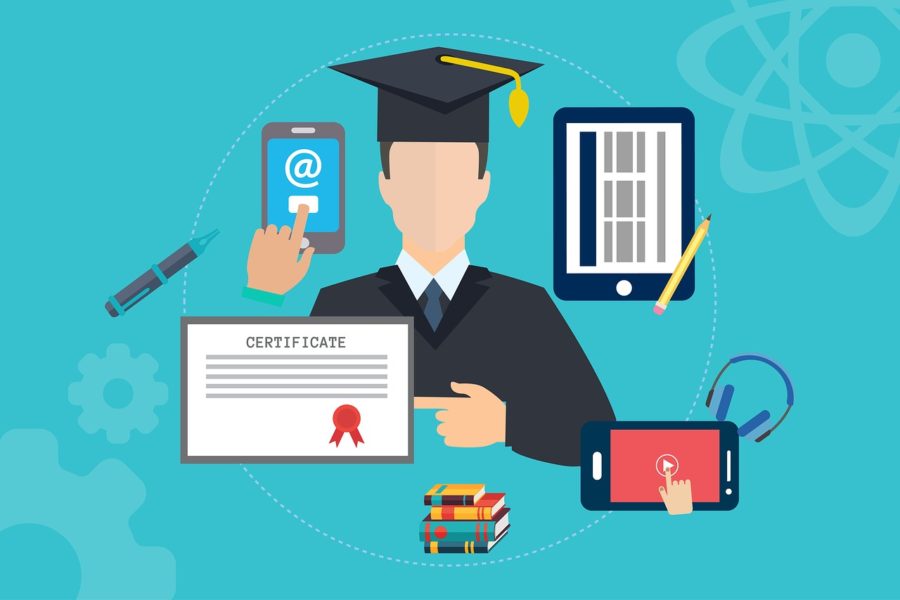Brown: America’s terrible internet is making online education worse
September 7, 2020
As most schools transition to online learning in the fall, a lack of quality internet access for many Americans remains a crucial and often overlooked aspect of virtual education. Millions of Americans lack basic broadband or simply cannot afford it. This inequality must be fixed if virtual learning is to be an effective and sufficient way of learning for children and teens in America.
As classes go online, the United States education system faces a significant new way of living, and it is not likely to end well. Years of research has shown online schooling is ineffective and students suffer significant learning losses when they have a long break from school. Now, as universities and local school districts incorporate online education into their curriculum, low-income students are struggling to keep up.
How did such an advanced country leave so many people technologically behind?
Experts and former Federal Communications Commission (FCC) officials describe a federal government that has neglected to treat broadband as a public utility, instead relying on the largely self-regulated internet industry to provide service wherever it wants, for whatever price it wants. The United States government has historically not seen fast internet as something everyone should have, like it does water or even phone service, and the consequences are becoming apparent.
“I was responsible for this, and I failed,” said Tom Wheeler, who served as chairman of the FCC under President Barack Obama.
The FCC has failed to figure out where the unconnected live because the maps of broadband access the agency relies on are generated by internet providers and are extremely inaccurate. The FCC estimates that 19 million Americans don’t have a fast internet connection, but the true number may be more than double the official figure due to poor data gathering.
The Pew Research Center reports about 15 percent of all households with school-age children lack a high-speed internet connection. Some of these families live in areas broadband providers don’t service, but others simply can’t afford the broadband that runs right outside their home. Some estimates even suggest the majority of people who don’t have the internet actually live in cities and suburbs, not in rural areas.
Even not in a pandemic, the digital divide holds back the unconnected in innumerable ways. Broadband access boosts local economies because many companies run on the internet and employers tend to take job applications only online. People without the internet might have trouble accessing news and information, which has also migrated online. In areas where broadband exists but not everyone can afford it, teachers still assign homework online, with only some students being able to complete it.
In the COVID-19 era, all of these government failings have come onto the shoulders of teachers who now rely on the internet to do their jobs. To these teachers, internet access is another area of the pandemic the government has failed to act in, leaving everyday Americans scrambling for solutions.
As America goes forward throughout the pandemic, it is important to spread and implement internet access and to make it more affordable to bridge the divide and to make sure all children can receive quality virtual education. An entire generation of students may be left behind in the education system if this inequality is not fixed.







